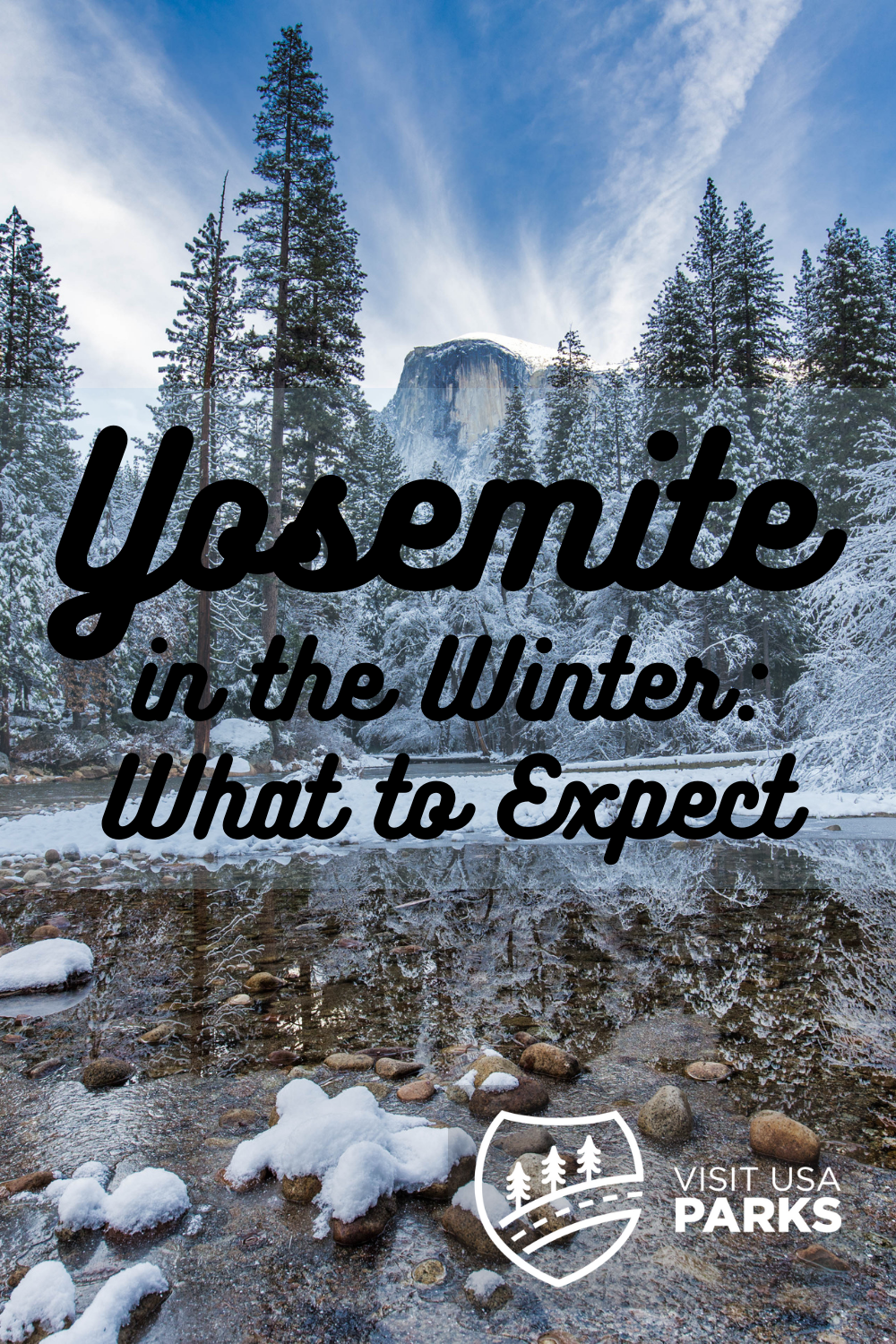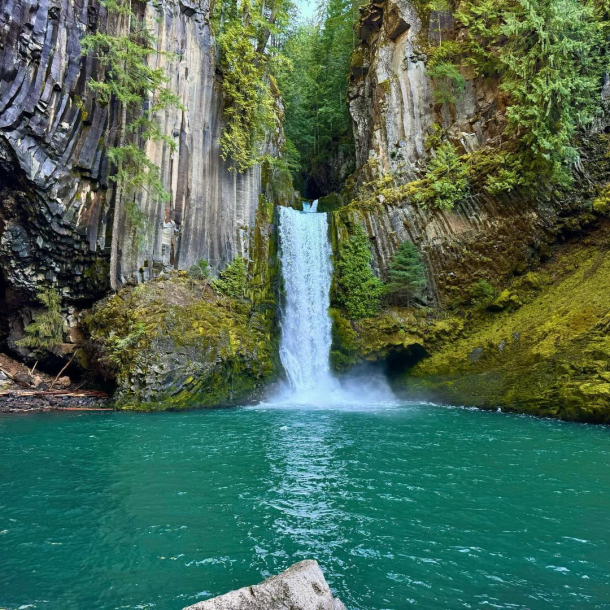Travel Tips
Yosemite in the Winter: What to Expect
Why Visit Yosemite in Winter?
Yosemite National Park is easily one of the most accessible parks in the United States due to its expansive roads that will take you through the valley and high country, with plenty of opportunities to step out of the car and enjoy the numerous attractions.
I highly recommend visiting Yosemite during the warmer months first to enjoy the park without weather restrictions and road closures. During the spring, summer, and fall seasons, the park’s 1,200 square miles are completely open for you to step away from the crowds in the valley to the more secluded locations of the high country. Some of these high country locations include Glacier Point, Taft Point, Cathedral Lakes, and my favorite: Olmsted Point.
Enjoy the high country while you can, because as soon as the first significant snow storm hits the park, the high country essentially closes for the season. Even with its accessibility, the winter poses some potentially dangerous conditions in Yosemite that you must be prepared to handle.
Driving Through Yosemite in Winter
Certain highways will be closed during or after snowstorms, so make sure you check the road conditions on the National Park website. Highway 140 is sometimes the only highway available into Yosemite National Park during the colder seasons, as it’s the safest option for most cars without AWD or 4×4 options.
Even though road conditions may be clear on the route into the park, the sun hangs low in the valley which could lead to icy conditions in parking lots and certain sections of roads. Chains are required when driving through the park and there are signs that will indicate where and when you should put them on. Just make sure you take your time getting in and out of your vehicle and drive slowly to reduce the risk of spin-outs and/or car accidents.
Dress for the Cold
The elevation of Yosemite National Park hovers around 3,200 feet or higher in the valley which poses significant drops in temperature during the wintertime.
Double-insulated, water-resistant winter jackets are highly recommended because they repel water as well as insulate your body from the wind.
The temperatures overnight during my visit in November dropped to 14 degrees Fahrenheit. However, I was very comfortable with a compression shirt, wool sweater, winter aviator hat, and ice fishermen gloves. This combination battles the sub-zero temperatures and allows greater enjoyment of the park for longer periods of time.
Check out the Views from the Car
If the cold isn’t for you, many sights of Yosemite National Park can be enjoyed from the car without much hassle. The numerous pull out locations provide many opportunities to see new perspectives of attractions throughout the park.
Take a Short Hike
However, many would agree that Yosemite is best experienced when you step out into nature. Some of my absolute favorite scenes require just a short walk from the car without much effort at all. As someone who loves hiking, I really appreciate these short stints of discovery.
The Merced River runs through the middle of the valley, giving you plenty of opportunities to see some truly beautiful scenes. Bring some water-resistant, insulated boots, and don’t be afraid to walk through some snow toward the river banks.
Stargazing in Yosemite
One caveat of Yosemite in the winter that I must address is the lack of sunlight. After sunset, it gets dark in the park very quickly. Most visitors leave almost as soon as the last photon of light hits the highest peak. But if you enjoy solitude, stay a bit longer.
When dark, the very busy Tunnel View parking lot empties and the road noises come to a halt. That’s when the park really comes to life! Thousands of stars and constellations light up the night sky for incredible wintertime stargazing.
Just make sure you keep in mind that the ice that may have formed when temperatures dropped, especially at Tunnel View, which is notorious for black ice.
Be sure to enjoy these moments and soak up the beauty of the park as much as you can before you leave. Winter in Yosemite is unlike any other season and offers plenty of opportunites to have once-in-a-lifetime experiences with a bit of research and preparation.






